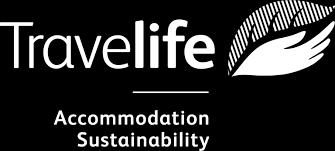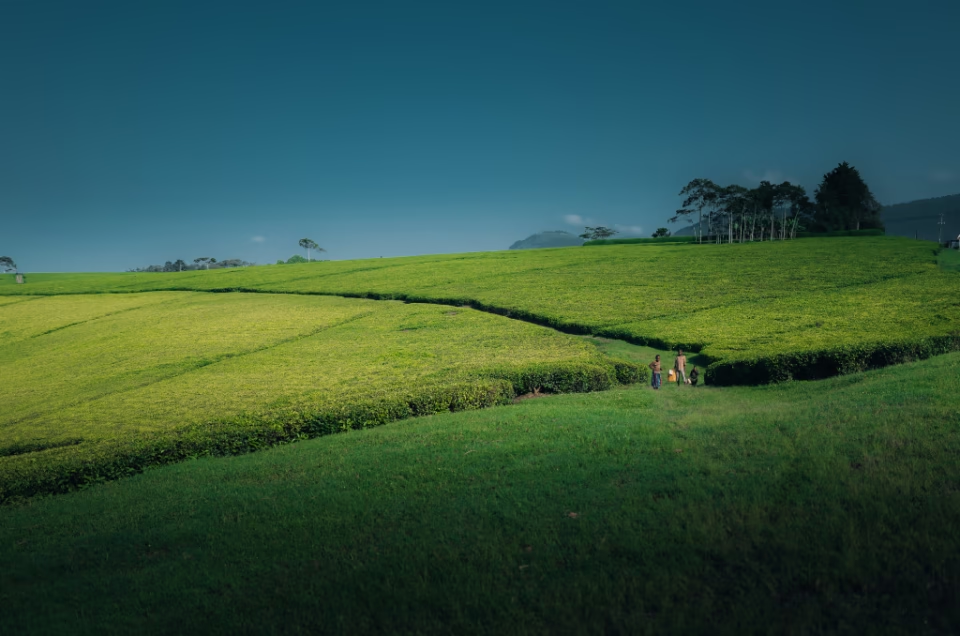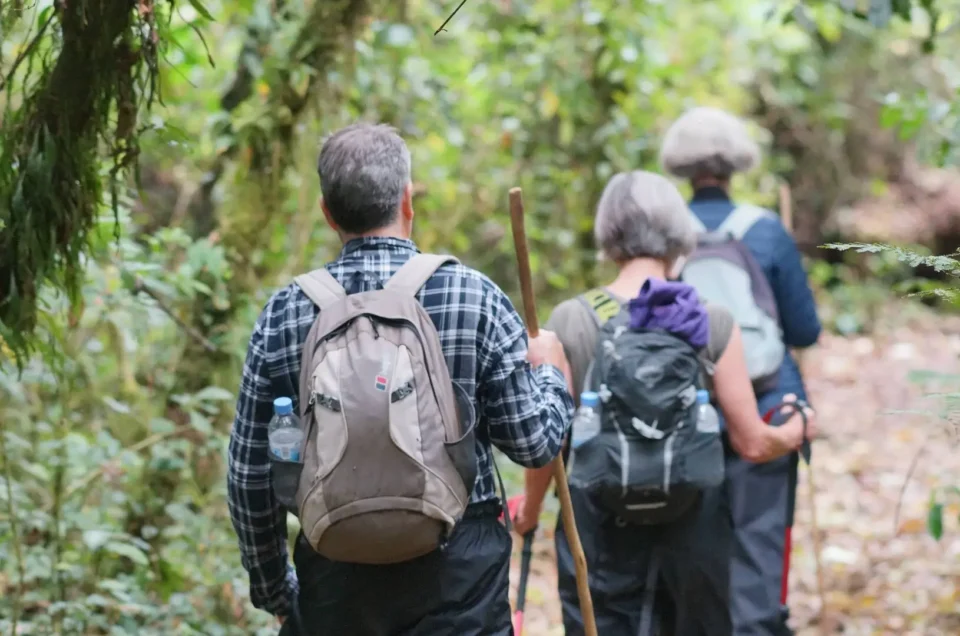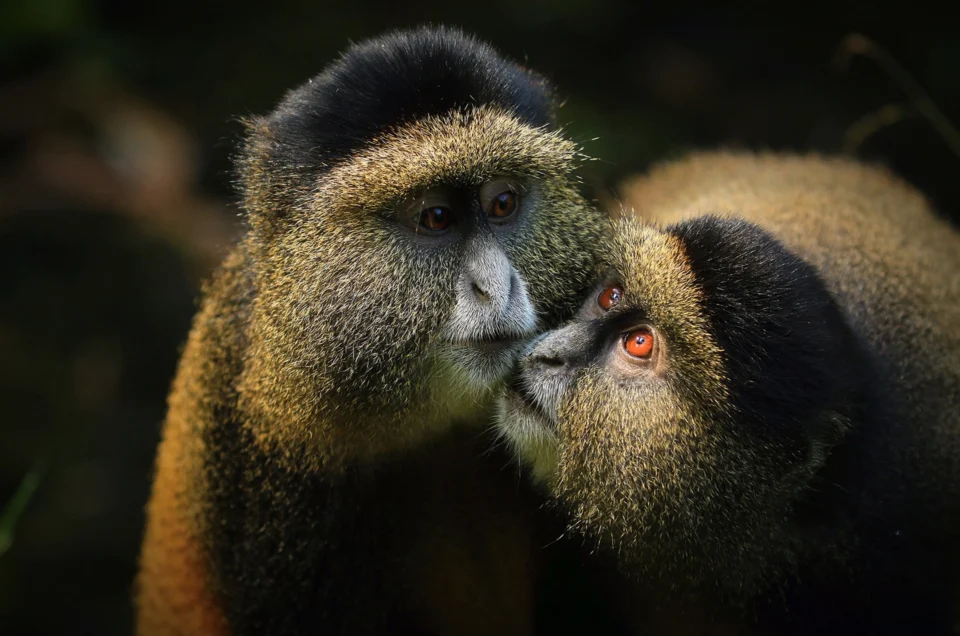Categories
- Accommodation
- Accommodation at Kibale Forest
- Budget accommodation at Kibale
- Budget accommodation in Uganda
- Budget Hotels in Entebbe
- Budget Murchison Falls Accommodation
- Bwindi Guides
- Bwindi National Park Guides
- Entebbe Hotels
- Exclusive Lodges In Murchison Falls National Park
- Exclusive Lodges in Queen Elizabeth National Park
- High End Accommodation At Kibale
- Kibale
- Luxury accommodation at Kibale
- Luxury Accommodation in Queen Elizabeth National Park
- Luxury Hotels In Entebbe
- Luxury Murchison Falls Accommodation
- Midrange accommodation at Kibale
- Midrange Hotels In Entebbe
- Midrange Murchison Falls Accommodation
- Murchison Falls Guides
- Murchison Falls Lodges
- News
- Popular
- Queen Elizabeth Guide
- Queen Elizabeth National Park Accommodation
- Semi-Luxury Entebbe Hotels
- Travel Guide
- Uganda Honeymoon Lodges
- Uncategorized
Murchison Falls National Park
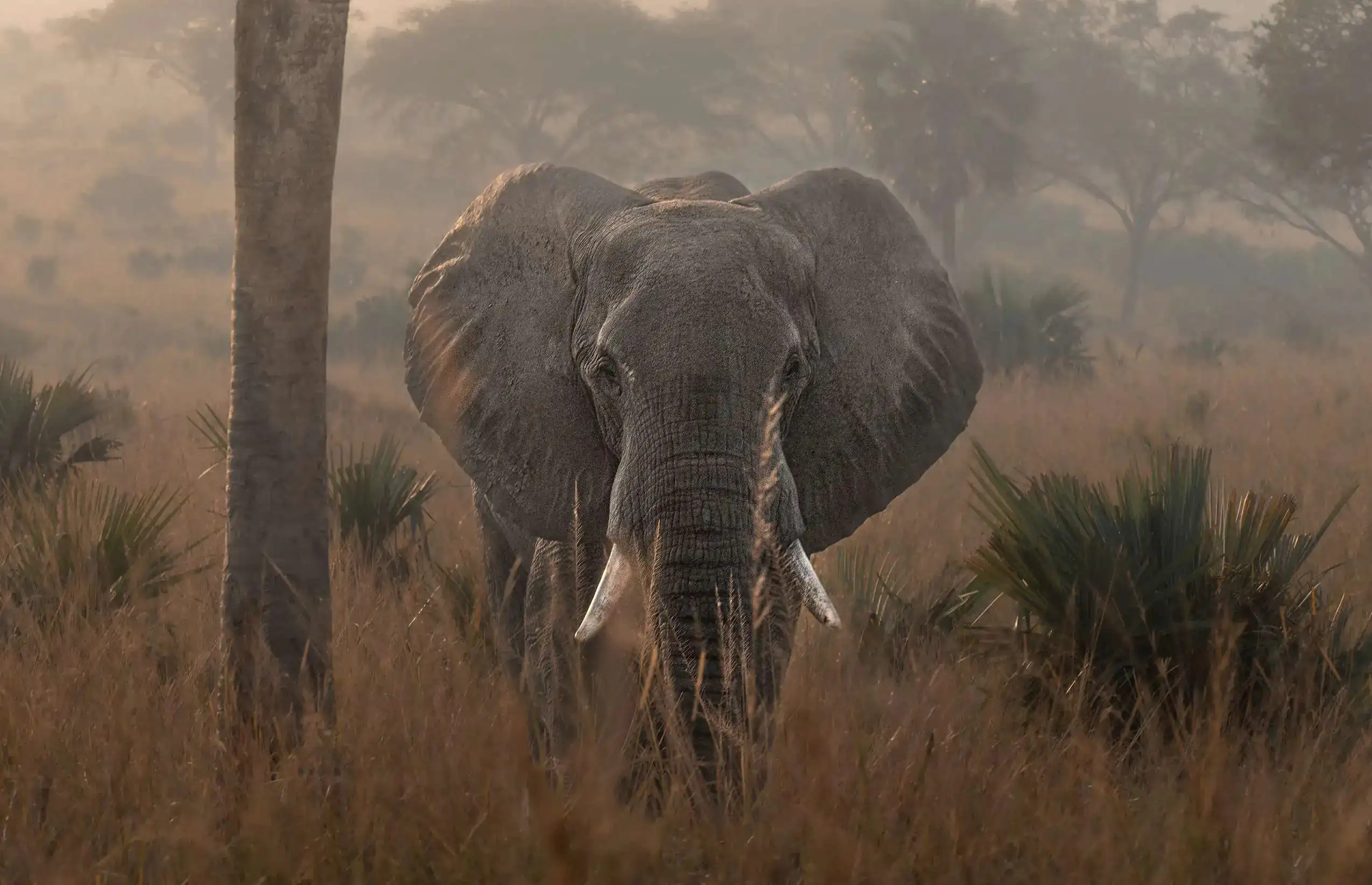
Murchison Falls National Park is the biggest and oldest national park in Uganda. It is located about 311km northwest of Kampala and covers a huge area of 3,840 square kilometers.
The Nile River, the longest river on Earth, flows through the park. Along the way, it creates green places full of wildlife. Then something breathtaking happens — the 50-meter-wide river squeezes through a tiny 7-meter gap in the rocks and falls with a loud roar into a deep pool called the ‘Devil’s Cauldron’.
This is Murchison Falls, the strongest waterfall in the world. The waterfalls was named by the British explorers in the 1800s after a British geologist, Sir Roderick Murchison, who, incidentally, believed Africa to be a geologically boring continent. When it comes to wildlife viewing, a trip to Murchison Falls, together with the nearby Budongo Forest and Ziwa Rhino & Wildlife Ranch, is a perfect choice. This combination gives you a great chance to see all of Big 5 animals as well as wild chimpanzees and shoebils.
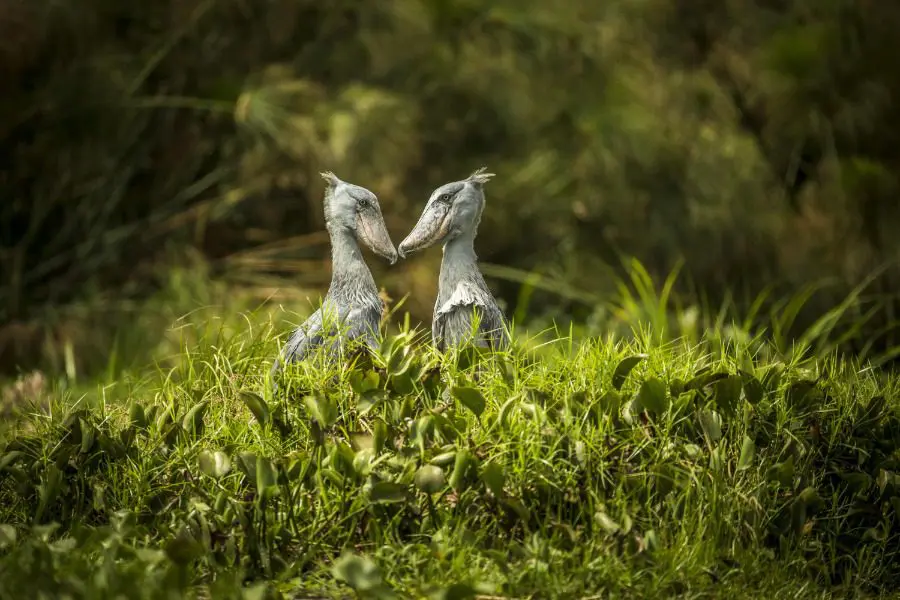


Reasons To Visit Murchison Falls National Park
1. Boat Cruise to Murchison Falls
Enjoy a boat ride on the famous Nile River—one of the most exciting things to do in Murchison Falls! As you cruise upstream, you will see hippos bubbling in the water, crocodiles lying in the sun with their mouths wide open, and animals like buffaloes, elephants, and waterbucks walking near the riverbank.
The most exciting moment comes when you reach the falls. You’ll hear a loud roar and feel a cool mist on your face. That’s Murchison Falls—where the Nile squeezes through a narrow gap in the rocks and crashes down with great power. It’s loud, wild, and truly amazing!
The ride takes about three hours. You can choose to book a private boat, which is a great option. With a smaller boat, you can move more slowly, get closer to the animals, and enjoy the experience with just your group. It’s quieter, more personal, and gives you better views than the larger public boats.
2. Boat Cruise to The Nile River Delta
This relaxing boat trip takes you to a special place where the Nile River spreads out into a wide, green wetland before flowing into Lake Albert. It looks a bit like a smaller version of the famous Okavango Delta in Botswana—wild, quiet, and full of life. As you float gently along the water, you might see hippos splashing, crocodiles resting on the riverbanks, and even elephants cooling off in the water.
But the biggest highlight? The birds! This is a top spot for bird watching in Murchison Falls National Park.
You could spot the colorful Saddle-billed Stork, the large African Giant Kingfisher, and—if you’re lucky—the rare and strange-looking Shoebill Stork. With its big shoe-shaped beak, it looks like a bird from the time of the dinosaurs!
3. Game Drives
A game drive takes you through the wide, open grasslands of Murchison Falls National Park, where you can see many wild animals in their natural home. These drives usually happen early in the morning or late in the afternoon, when the weather is cooler and the animals are more active.
A game drive usually lasts about 3 to 4 hours. You may see many Uganda kobs, Jackson’s hartebeests, and graceful Rothschild’s giraffes walking across the plains. You might also spot elephants moving through the bushes, warthogs running with their tails up, and buffaloes resting near water.
If you’re lucky, you could see lions lying in the shade or even leopards hiding in the trees. There are also many birds to watch, from eagles flying above to colorful rollers and hornbills perched on branches.
4. Bush Camping
Imagine sleeping in the middle of the wild, under the stars! Bush camping in Murchison Falls National Park lets you stay right in nature, far from buildings and crowds. Your campsite will have everything you need—tents, beds, lights, a BBQ, table, and chairs. A guide, a cook, and an armed ranger will be with you to keep you safe and comfortable.
At night, you will sit around the campfire, hearing hyenas calling in the dark and watching hippos come out of the water to eat grass nearby. You will fall asleep to the sounds of the wild around you,
5. Murchison Waterfall Walk
Walking to the top of Murchison Falls is an amazing way to feel the true power of nature. This is where the mighty Nile River is forced through a tiny gap just seven meters wide. Over 360,000 liters of water crash through every second, creating a roar so loud you can feel it in your chest. As you climb to the top, the spray cools your face and the sound of rushing water surrounds you.
When you reach the viewpoint, the sight is incredible—the waterfall thunders below, and the views of the river and cliffs around it are simply breathtaking. It’s not just a walk. It’s a powerful moment where you feel small next to the force of nature. The Murchison Waterfall Walk is short but unforgettable—a must-do experience for anyone visiting the park.
6. Chimpanzee Trekking
Budongo Forest Reserve in Murchison Falls Conservation Area is a beautiful place where you can walk through the trees to find a community of habituated wild chimpanzees. As you trek under the tall forest canopy, you will smell the fresh leaves and hear birds singing and monkeys calling from above. With the help of a friendly guide, you will follow the sounds of the forest until you find chimpanzees.
Watching them is truly special—they climb trees, play, rest, and groom each other. Sometimes, they even stop and look right at you! It’s a fun and unforgettable way to see chimpanzees living free in the wild.
What To Visit Murchison Falls National Park?
Check Out Our Murchison Falls Safaris
Murchison Falls National Park Guides
Frequently Asked Question
What is the best time of the year for a Murchison Falls trip?
Murchison Falls can be visited any time of the year, as there’s really no bad season. For wildlife viewing, the main dry season from December to February is slightly better, because animals are easier to spot. Bird watching is also excellent from November to April, when migratory birds arrive from Europe and Southeast Asia. Keep in mind that January and February can be very hot, with midday temperatures rising above 33°C (91°F).
The wet season, from March to November, is generally cooler and more comfortable. From June onward, the park becomes lush and green, and June and July offer the best combination of mild temperatures and low rainfall. If you plan to track gorillas or chimps, the best months are December to February and June to August for gorillas, and December to March and June to July for chimps. By planning carefully, you can enjoy both wildlife and primate trekking at the best times.
How many days are recommended for a Murchison Falls trip?
Most people spend 3 days on a Murchison Falls trip, though 2-day and 4-day options are also available. A 2-day safari can feel very rushed because the drive to and from the park takes at least six hours, so it’s only suitable if you can’t stay longer. A 3-day trip is more relaxed, giving you twice as much time to enjoy the park. A 4-day safari is even better, especially if you want to track chimps or visit Ziwa on the way.
Can you describe a typical day on a Murchison Falls Safari?
Every day on safari is a little different, but here’s a common plan. On the first day, you’ll leave early from Entebbe or Kampala and reach your lodge by lunchtime. In the afternoon, you might take a boat trip on the Nile to the base of Murchison Falls. The next morning, an early game drive is common, giving you the best chance to see lions, leopards, and other big animals. If your safari is only two days, you’ll head back to Entebbe or Kampala afterward, possibly stopping at Ziwa Rhino and Wildlife Ranch to look for rhinos. On a longer safari, you’ll have extra time to explore. You could visit the top of Murchison Falls for stunning views, take a morning boat trip to the Nile delta, enjoy more game drives, or even go chimp trekking in Budongo Forest.
What animals might I see in Murchison Falls National Park?
Murchison Falls is home to a wide variety of African wildlife.
The park has four of the Big Five (all except rhinos). On a boat trip to the base of the falls, you are almost certain to see elephants, buffalo, hippos, crocodiles, and many waterbirds. Lions are often spotted on game drives north of the Nile, while leopards are also present but harder to see.
Other animals you might encounter include Rothschild’s giraffes, defassa waterbuck, Uganda kob, oribi, patas monkeys, and olive baboons. For bird watchers, the Nile delta near Lake Albert is one of the best places in Africa to spot the rare shoebill. If you’re interested in primates, Budongo Forest along the main road is a great place for chimp trekking. On the way to the park, you can also visit Ziwa Rhino and Wildlife Ranch, where you can see rhinos—the only member of the Big Five not found in Murchison Falls itself.
Our Trusted Partners


